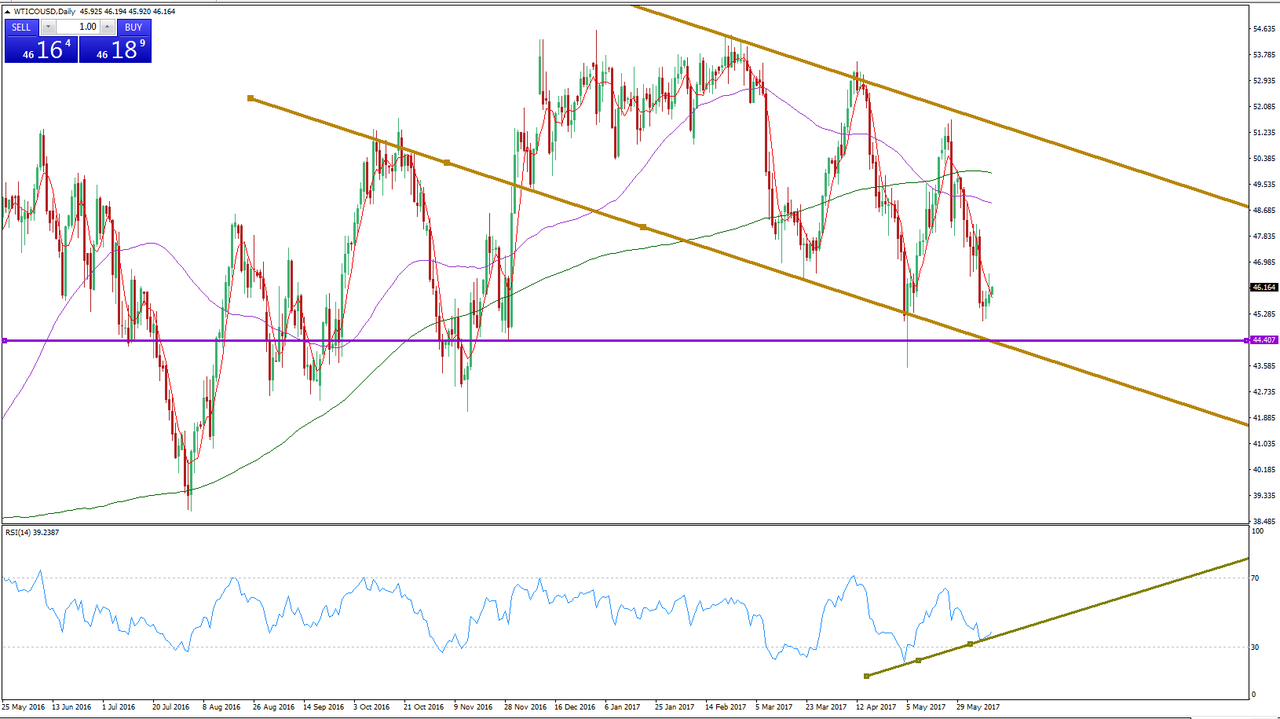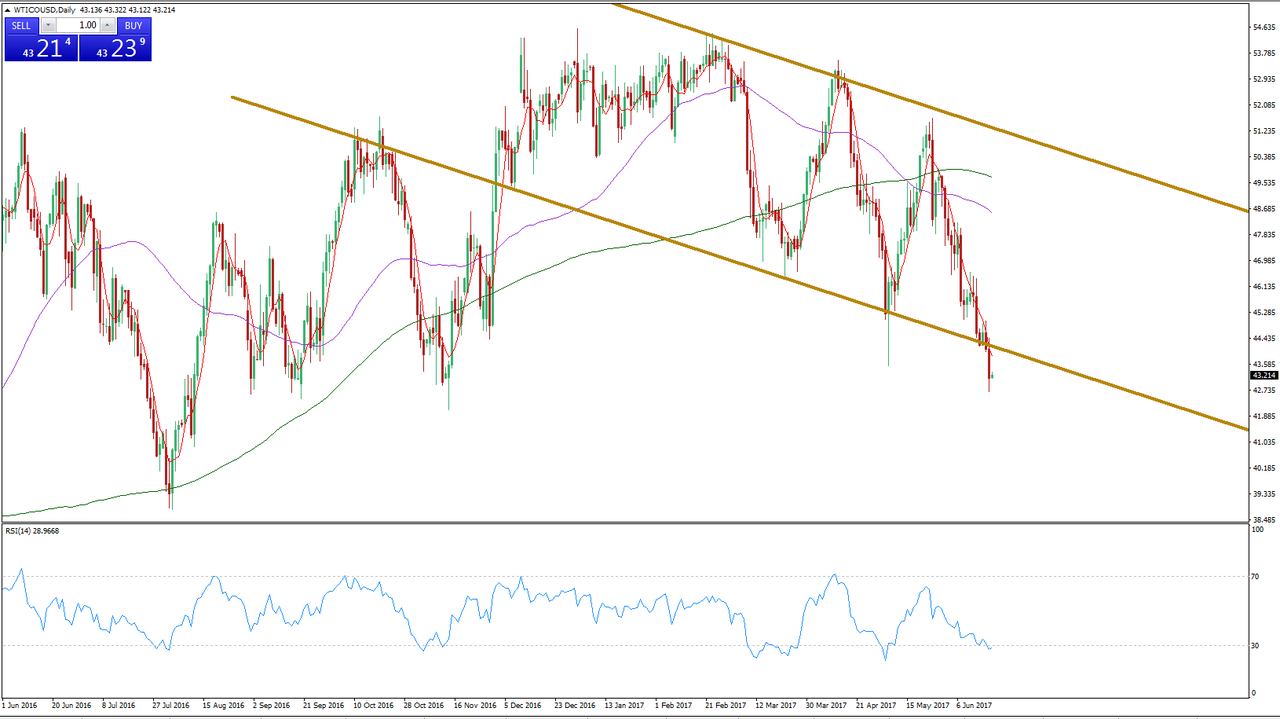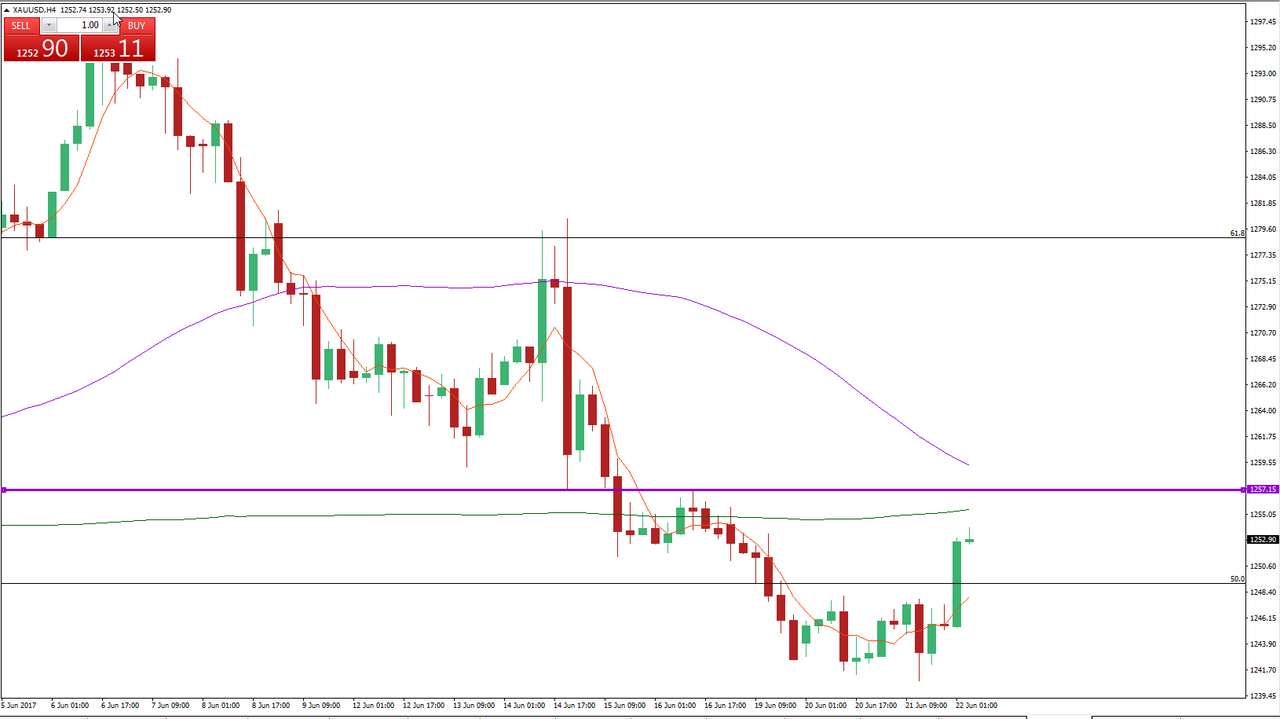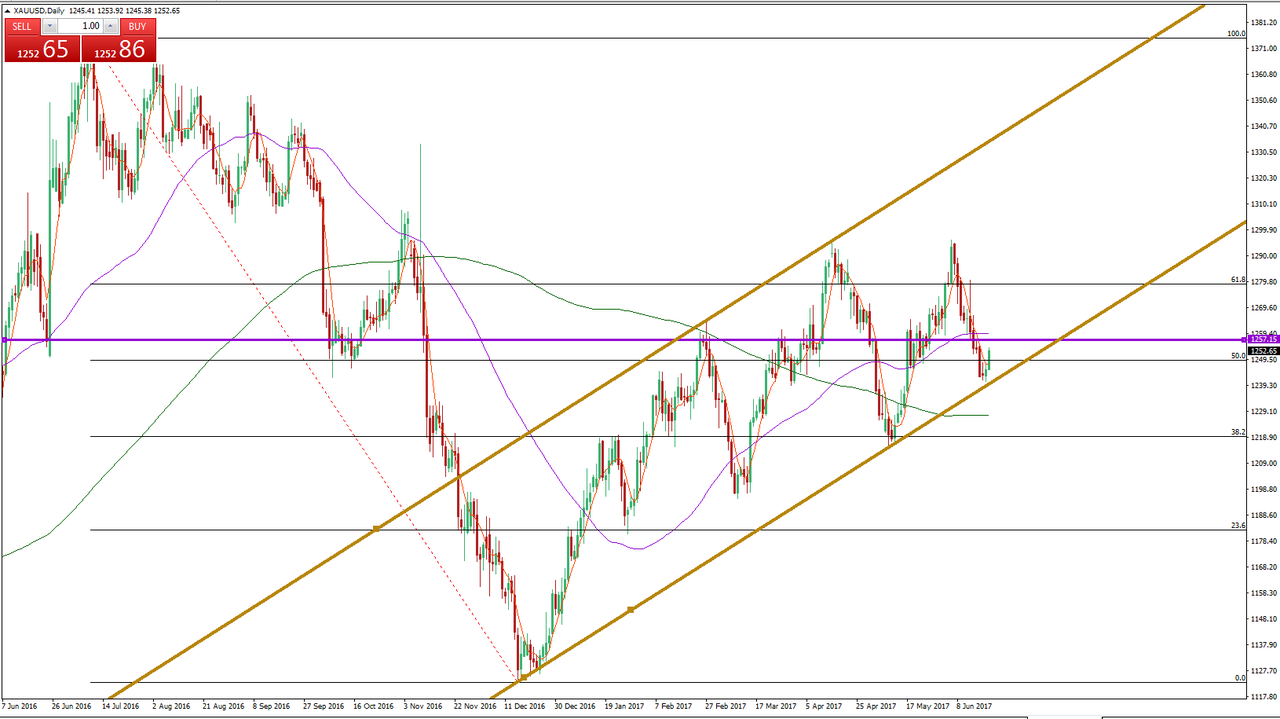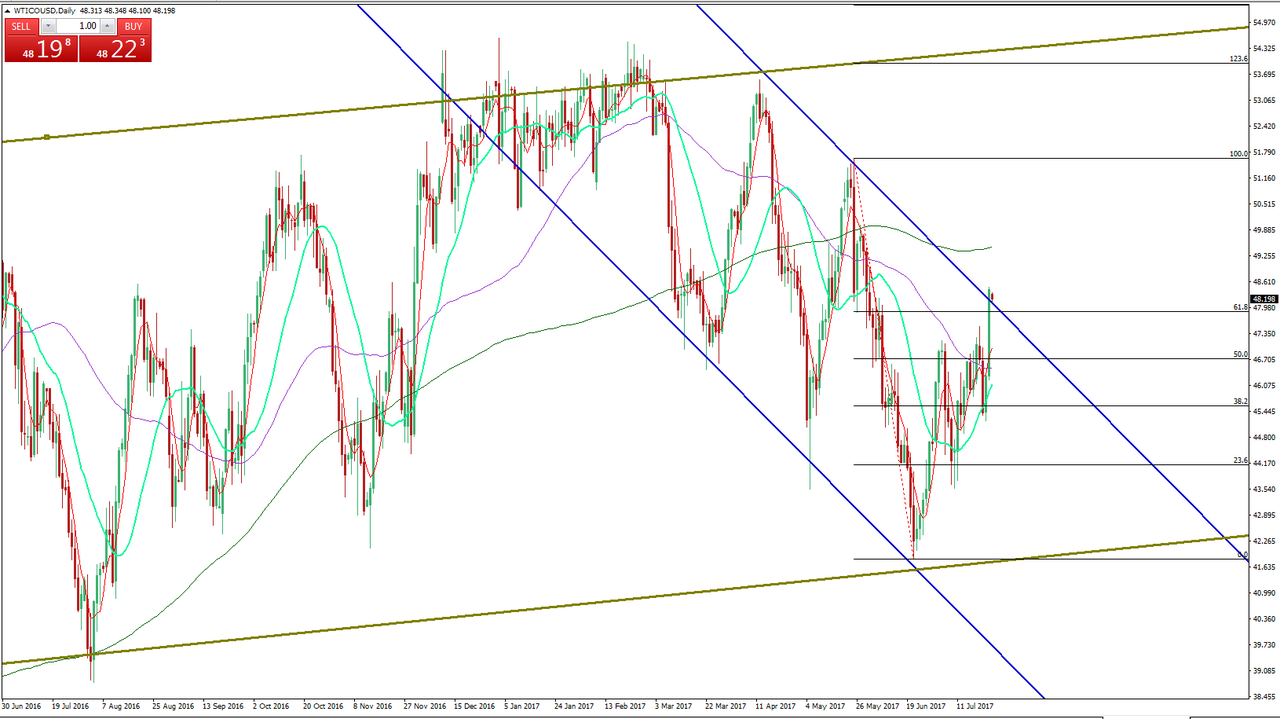ACYaustralia
New member
ACY Market Analyst on 9 June
Pound Collapses After Inconclusive UK Election Results
The pound tumbled the most since October and hit the low since April 18. Sterling dropped 1.83 percent to $1.2695 as of 10:00 a.m. in Sydney, after the release of the initial UK exit poll inconclusive U.K. election result. A huge volatility is caused by political uncertainty of narrowing polls, which the ruling Conservative Party was projected to win most seats, though fall short of an overall majority, according to an exit poll.
The election results cap today’s major events that catch investors most attention all week, raising the possibilities of political turmoil in the next round less than a year after Britain voted to leave the European Union. Initial U.K. election exit poll statistics show that Conservative Party won 314 seats, Labour Party 266 seats, SNP 34 seats and Liberal Democrats 14 seats. With polls narrowing, Primer Minister Therasa May didn’t have a guarantee to win the election.
https://www.facebook.com/notes/acy-...clusive-uk-election-results/1941120589497941/
Pound Collapses After Inconclusive UK Election Results
The pound tumbled the most since October and hit the low since April 18. Sterling dropped 1.83 percent to $1.2695 as of 10:00 a.m. in Sydney, after the release of the initial UK exit poll inconclusive U.K. election result. A huge volatility is caused by political uncertainty of narrowing polls, which the ruling Conservative Party was projected to win most seats, though fall short of an overall majority, according to an exit poll.
The election results cap today’s major events that catch investors most attention all week, raising the possibilities of political turmoil in the next round less than a year after Britain voted to leave the European Union. Initial U.K. election exit poll statistics show that Conservative Party won 314 seats, Labour Party 266 seats, SNP 34 seats and Liberal Democrats 14 seats. With polls narrowing, Primer Minister Therasa May didn’t have a guarantee to win the election.
https://www.facebook.com/notes/acy-...clusive-uk-election-results/1941120589497941/


